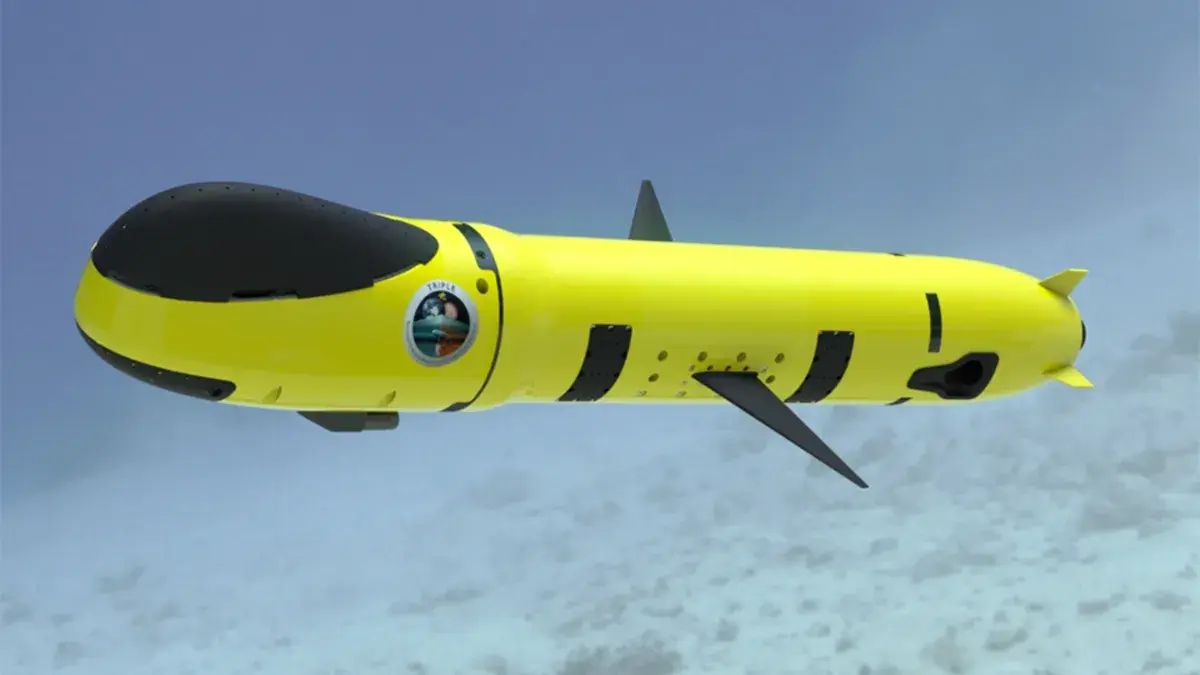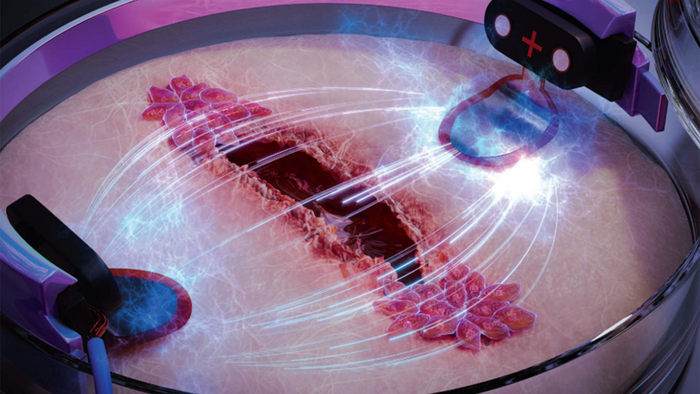A New Era of Timekeeping
Scientists have made a monumental stride in timekeeping with the development of next-generation nuclear clocks, offering ten times the accuracy of their predecessors. Enabled by advanced laser technology, this breakthrough ushers in a new era of precise measurement with far-reaching implications across science and technology.
At the core of this innovation is the use of thorium-229. Scientists have harnessed the unique properties of this isotope, specifically its low-energy nuclear isomer, to create a clock exceptionally resistant to external disturbances. By precisely manipulating the nucleus with lasers, researchers have achieved unprecedented levels of accuracy and stability.
Implications and Applications
The development of these next-gen nuclear clocks opens up a vast array of possibilities. In fundamental physics, they can test the limits of our understanding of the universe, such as searching for variations in fundamental constants or exploring the nature of dark matter. Additionally, they have the potential to revolutionize global positioning systems (GPS), enabling even more precise navigation and timing for critical applications like autonomous vehicles and disaster response.
Beyond these areas, the enhanced accuracy of nuclear clocks could benefit fields like astronomy, geodesy, and metrology. For instance, they can measure minute changes in the Earth’s rotation or redefine fundamental units of measurement with greater precision.
Looking Ahead
The journey toward even more accurate timekeeping is far from over. As technology advances, we can anticipate further refinements in nuclear clock design, leading to even greater precision and expanded applications. The potential impact of this research is immense, and it is exciting to witness the unfolding of this new era of timekeeping.







